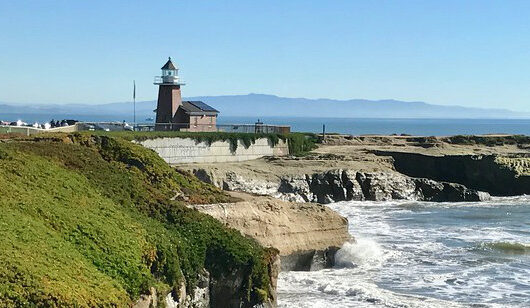Numerical relativity simulations of prompt collapse mergers: threshold mass and phenomenological constraints on neutron star properties after GW170817
Numerical relativity simulations of prompt collapse mergers: threshold mass and phenomenological constraints on neutron star properties after GW170817
View
Abstract
We determine the threshold mass for prompt (no bounce) black hole formation in equal-mass neutron star (NS) mergers using a new set of 227 numerical relativity simulations. We consider 23 phenomenological and microphysical finite temperature equations of state (EOS), including models with hyperons and first-order phase transitions to deconfined quarks. We confirm the existence of EOS-insensitive relations between the threshold mass, the binary tidal parameter at the threshold (![]() ), the maximum mass of nonrotating NSs, and the radii of reference mass NSs. We correct the systematic errors in previously reported fitting coefficients that were obtained with approximate general-relativity simulations. We combine the EOS-insensitive relations, phenomenological constraints on NS properties and observational data from GW170817 to derive an improved lower limit on radii of maximum mass and 1.6 M
), the maximum mass of nonrotating NSs, and the radii of reference mass NSs. We correct the systematic errors in previously reported fitting coefficients that were obtained with approximate general-relativity simulations. We combine the EOS-insensitive relations, phenomenological constraints on NS properties and observational data from GW170817 to derive an improved lower limit on radii of maximum mass and 1.6 M![]() NS of 9.81 km and 10.90 km, respectively. We also constrain the radius and quadrupolar tidal deformability (
NS of 9.81 km and 10.90 km, respectively. We also constrain the radius and quadrupolar tidal deformability (![]() ) of a 1.4
) of a 1.4 ![]() NS to be larger than 10.74 km and 172, respectively. We consider uncertainties in all independent parameters — fitting coefficients as well as GW170817 masses while reporting the range of radii constraints. We introduce new methods to constrain the upper as well as lower limit of NS maximum mass using future BNS detections and their identification as prompt or delayed collapse. With future observations it will be possible to derive even tighter constraints on the properties of matter at and above nuclear density using the method proposed in this work.
NS to be larger than 10.74 km and 172, respectively. We consider uncertainties in all independent parameters — fitting coefficients as well as GW170817 masses while reporting the range of radii constraints. We introduce new methods to constrain the upper as well as lower limit of NS maximum mass using future BNS detections and their identification as prompt or delayed collapse. With future observations it will be possible to derive even tighter constraints on the properties of matter at and above nuclear density using the method proposed in this work.


